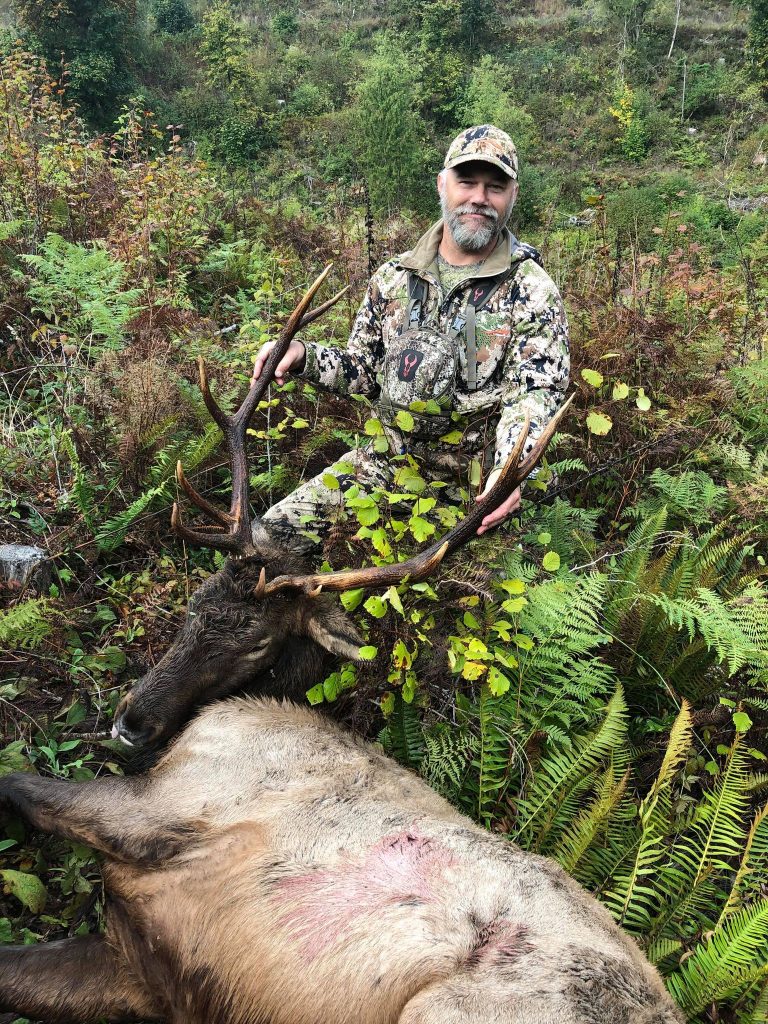
Washington Deer Harvest, Hunter Numbers Up In 2020
Last fall saw the highest Washington deer harvest since 2016 as nearly 10,000 more deer hunters than the previous season also took to the woods and fields of the Evergreen State.
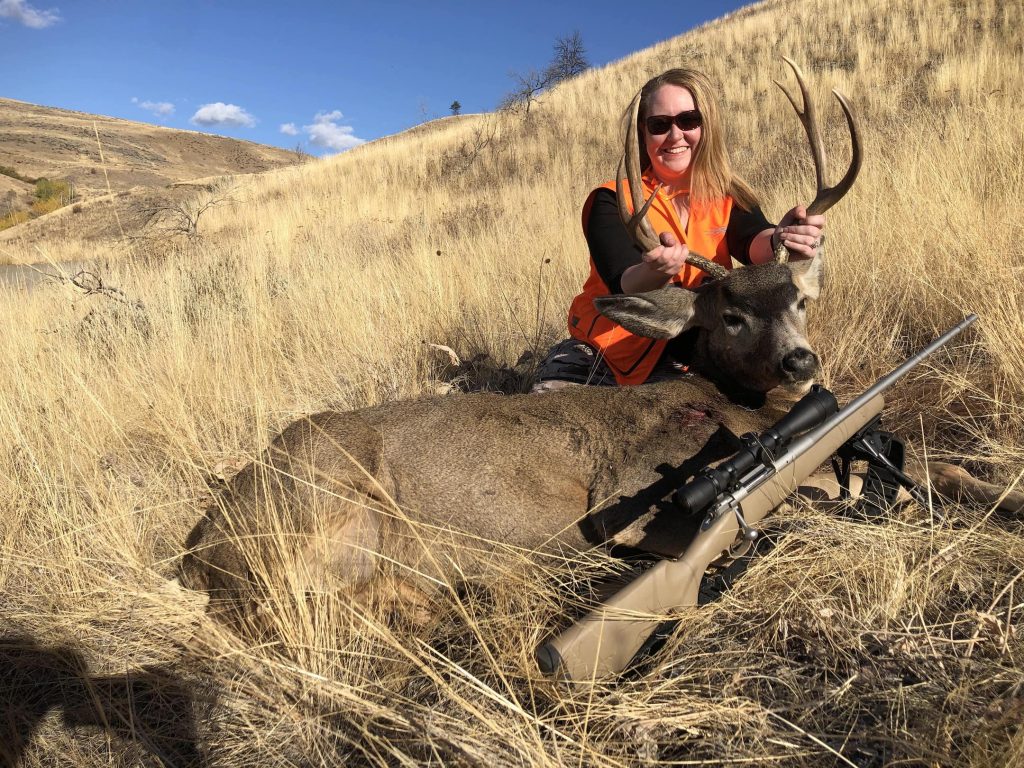
The twin spikes are likely due to rebounding Eastside herds and the boom in outdoor recreation due to the pandemic.
“I think it’s fair to say the increase in hunter numbers was possibly related to Covid-19,” said Brock Hoenes, WDFW Ungulate Section manager. “We definitely heard a lot of speculation about that across the country, and it seems logical, but we also haven’t done any formal surveys asking hunters what their specific motivations were.”
Due to coronavirus concerns, the agency didn’t staff its Winthrop, Deer Park and Chewelah game check stations, a chance for biologists to chat with hunters as well as take samples from deer they bring through.
“As for increases in deer harvest, again I think you are correct,” Hoenes added. “It was likely related to both increases in hunter numbers and deer herds, albeit we can’t say for certain how much each of those factors contributed to observed increases.”
According to the agency’s recently posted 2020 game harvest report, a total of 29,435 mule deer, whitetails and blacktails – including 27,655 during the general rifle, bow and muzzleloader seasons – were taken by 112,369 deer hunters (a 9.5 percent increase over 2019) who had an overall 26 percent success rate.
That’s up from 2019’s 27,187 overall deer, 25,495 taken in the general season and 102,648 hunters, respectively, but down a tick from that year’s 27 percent success rate.
For general season riflemen, it was also the third year in a row we’ve bagged a bigger batch of bucks, with 21,029 taken in 2020, up 1,553 from 2019’s 19,476, and well above 2018’s 18,071 and 2017’s 17,113, but below 2016’s 23,238.
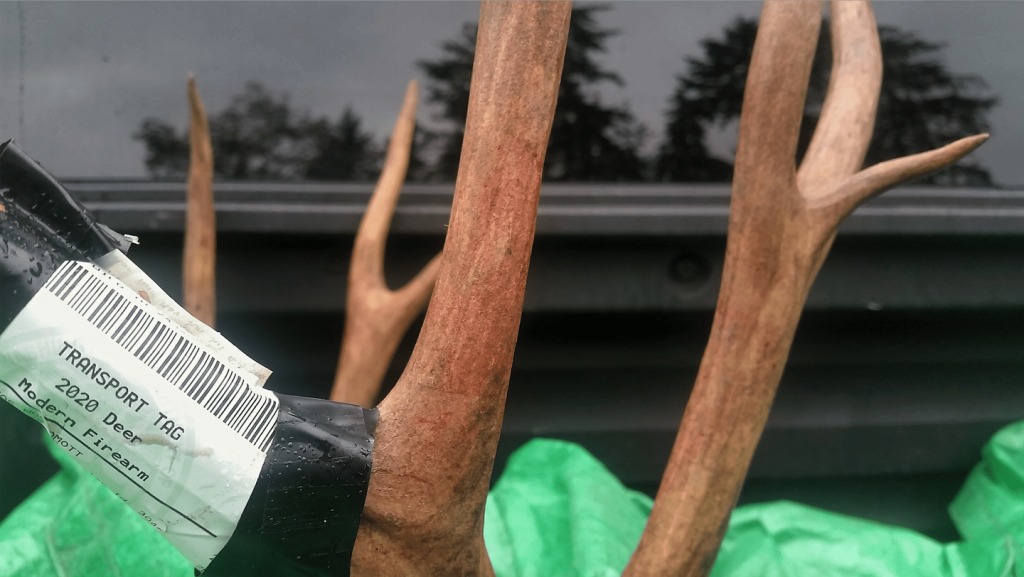
The increase in harvest primarily occurred east of the Cascades, with kill rising in Northeast Washington, Palouse, Blue Mountains, Okanogan, Chelan/Douglas and Klickitat/Columbia Gorge mule deer and whitetail districts, while important Westside blacktail hunting areas saw slight declines or were essentially on the same plateau as 2019.
In my preseason forecast, I predicted muley and blacktail harvest would be up and whitetails would be flat.
The structure of October’s rifle season last year – opening Oct. 17, the latest date possible under the long-standing first-Saturday-after-the-10th format – theoretically benefitted mule deer hunters the most as it overlapped the start of the migration to winter range over the course of the 11-day season, but on the flip side it also meant fewer days to hunt those ghosts of the forest west of the crest. However, it can be argued that weather plays strongest role regardless of species.
The game harvest report are annual documents WDFW produces based on hunter reports filed during and after the season. It details not only on how many deer were killed by weapons type, but the number of spikes, forked horns, three-points, etc., along with hunter days per unit and days per kill, providing a relative measurement over time.
Let’s take a look at general season harvest numbers from the 2020 hunt.
In District 1, which includes the rich whitetail hunting grounds of the Huckleberry and 49 Degrees North Game Management Units, among others, the harvest for archers, muzzleloaders and modern firearms hunters of 4,394 was up 373 from 2019 and the highest since 2017. The rifle kill was 3,473, up nearly 200 from the previous year and most also since 2017. There was no general season antlerless harvest in 2020 or 2019, nor will there be in 2021.
In District 2, stretching from Mt. Spokane south to the Snake River and west into the upper channelled scablands, hunters took 3,643 bucks and 902 antlerless deer, nearly 600 bucks and 180 antlerless more than 2019 and the most since 2016. The rifle take of 2,644 bucks was up 426.
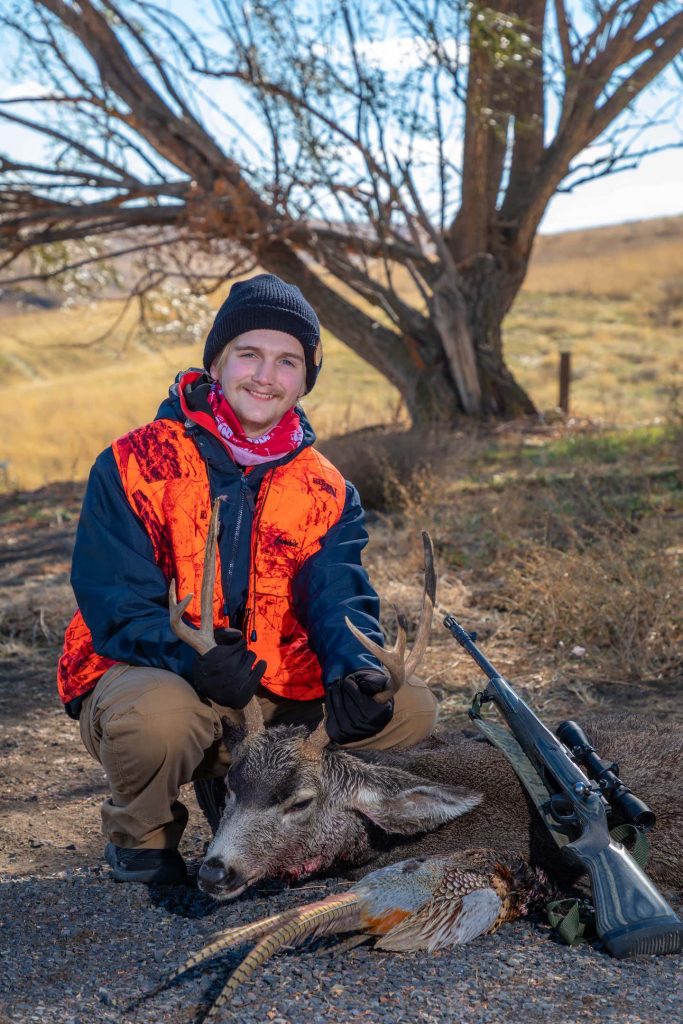
South of the Snake River in the Blue Mountains and their foothills, District 3 saw a harvest of 2,083 bucks and 436 antlerless, up almost 320 and exactly 50 from 2019. Of those, 1,716 bucks were killed by riflemen, a rise of 277 over the previous season and the most since 2016.
In the Okanogan, District 6, a total of 2,419 deer were taken, a figure that includes 2,232 bucks, which was 379 more than 2019. Riflemen harvested 1,615 bucks, 232 more the previous season and the most since 2016.
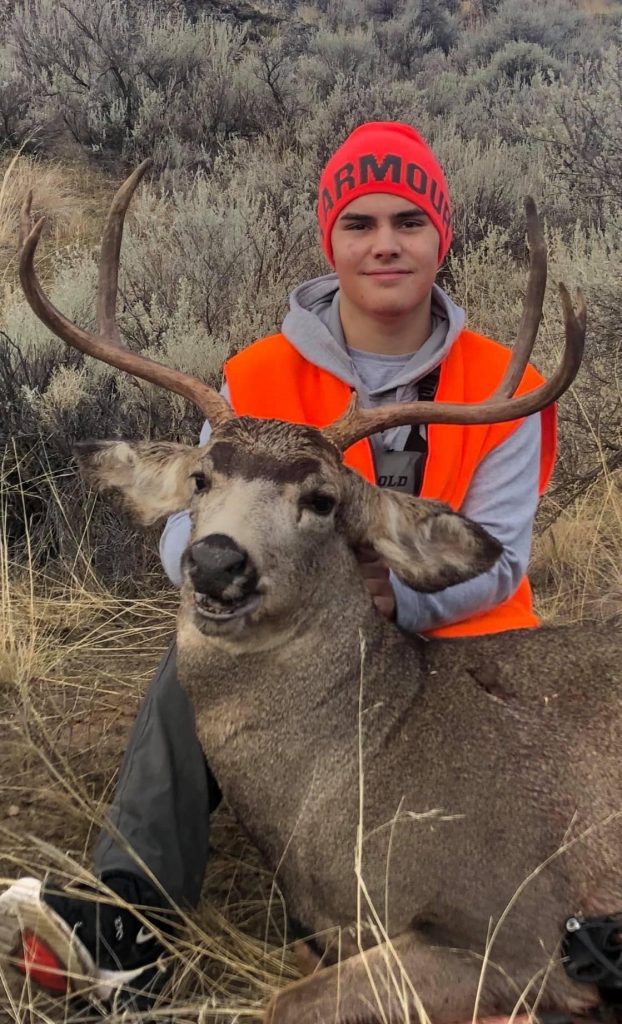
Of note, District 7, just to the south in Chelan and Douglas Counties, saw its best deer harvest since 2015, with a total of 1,876 taken, including 1,387 bucks for modern firearms hunters.
And in District 9, the Columbia Gorge, the take of muleys and blacktails was 1,895, up 236 over 2019 and the most since 2016. Of those, 1,468 were killed by riflemen, again the most since 2016.
In the Westside’s three most important hunting districts, 10, 15 and 17 – the southern I-5 corridor, east Olympics/Hood Canal and South Coast – rifle hunters saw their harvest decline from 2019, down 49, 43 and 99 deer, respectively. However, the overall kill was slightly up in Districts 10 and 15, and the District 10 take of 2,663 bucks and antlerless deer was actually the highest back through 2015.
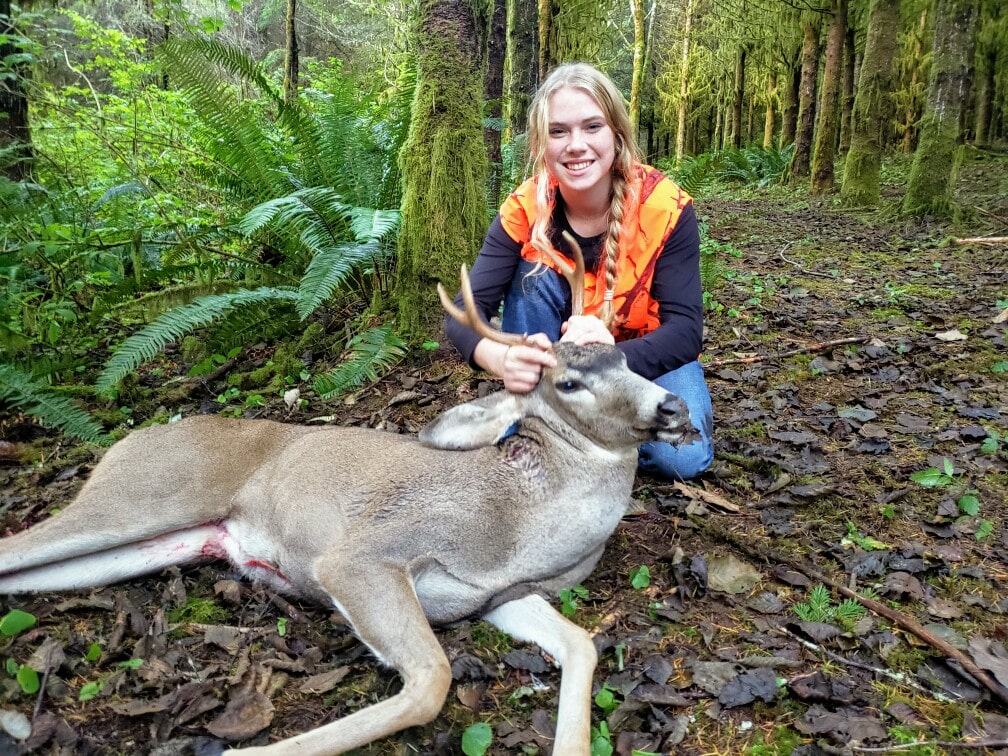
As for deer hunter numbers, 112,369 turned out last season, including 88,739 riflemen, 16,983 archers and 6,647 muzzleloaders. That’s the highest overall tally since 2017 and its 112,424, and a sharp jump from 2019’s lowest-yet mark of 102,648.
However, while there were nearly 9,100 more riflemen afield in 2020, the most since 88,947 in 2016, primitive weapons hunter numbers were only slightly higher than 2019.
WDFW saw its hunting license sales increase by 12,000 over 2019, per the Yakima Herald Republic, which also reported that “The number of new licenseholders — defined as someone who hadn’t purchased one for the previous five years — went up … almost 40% for hunters.”
Last year’s overall, all-weapons general season and special permit success rate for deer of 26 percent was slightly below average for the last five falls, which have ranged from 28.9 in 2016 to 23.6 in 2017.
In terms of deer tags purchased, 2020’s total of 142,381 was the most since 2016 and 2015, when 145,544 and 145,681 were sold.
And the general season harvest of 27,665 deer was 2,170 more than 2019, 1,914 more than 2018 and 3,295 more than 2017, when about the same number of hunters went out as last year.
However, it paled next to 2016’s 31,306 and 2015’s huge take of 35,407. That latter harvest occurred in a drought- and wildfire-singed year that also saw a large bluetongue outbreak among far Eastern Washington whitetails and was followed in the subsequent year by a tough winter. Last year’s deer harvest marks a continued upswing from those impacts, and here’s hoping this fall the trend keeps going.
As for elk, it’s more of a mixed bag, with hunter numbers rising 3.9 percent to 56,581 and the general season rifle harvest up 265 animals to 2,230, but the success rate dropped from 10 to 9 percent and the general and special permit take was down 201 bulls, cows and calves to 5,228.
That’s also the fewest elk taken since at least 2001 and likely many years before that, though that’s also a reflection of reduced permits following large harvests in the mid-2010s.
The general season take was also down 16 elk as archers and muzzleloaders saw a drop in their kill compared to 2019, but modern firearms hunters did kill 265 more, nearly balancing the books, per se.
